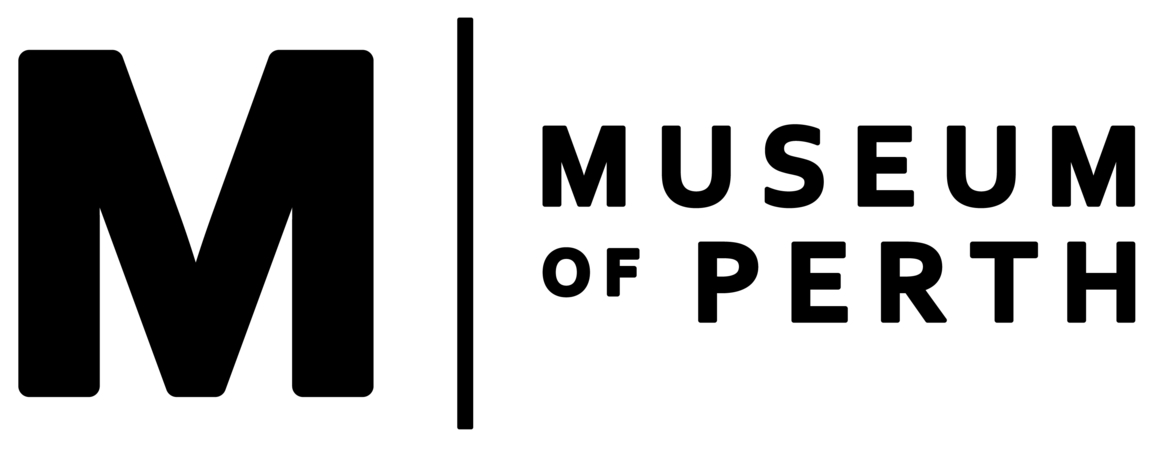Kureejup
Kooreejup / Koorijup / Koor'ee'jup
Description & Location
Kureejup was the name of a Noongar site described by Fanny Balbuk, a well-known Noongar historical figure, as the site of “Mr. Hardy’s old home, somewhere near the Recreation Camp” (or Wellington Square as it is now known).
The information was obtained from Balbuk around 1906 by the ethnographer Daisy Bates and added to a cadastral map of the Perth area published by the Lands Department in 1912. This map positioned Kureejup on the corner of Adelaide Terrace and Hill Street, which appears to be located along the bidi (track) that Balbuk took.
Balbuk’s bidi took her from the mudflats and islands of Kakaroomup and Matta Gerup (now Heirisson Island) to a swamp at the site of Gooloogulup where she once gathered gilgies (freshwater crayfish) and plant bush tucker such as yanjidee (edible bulrush roots). Along the way, Balbuk would have walked through Kureejup, which was originally located between the springs and shoreline of Dyeedyallalup and the valley and associated lagoons of Goongoongup.
Bulrush (a kind of Typha) is a water-loving plant commonly found around freshwater swamps and lakes. The yanjidee (roots of these plants) contain starch similar to sweet potatoes and were a good source of food whether eaten raw or cooked. The Noongar people would dig up the roots, clean them, roast them and pound them into a mass, which they would then knead and turn into a cake. The leaves of the bulrush were also useful for crafting. When shredded and dried out, the leaves could be weaved into mats and baskets.
After European contact, Fanny Balbuk continued to take this same route in protest of European occupation on her boodja (land). This bidi existed prior to the arrival of Europeans and was a means for Balbuk to continue journeying through country to maintain her boodja rights. Balbuk determinedly walked the bidi despite the houses and fences built in her way, which often put her at odds with Europeans.
References
Bates, D. Manuscript 365/4/174, Notebook 20, page 57.
Bates, D. Manuscript 365/4/179, Notebook 20, page 63.
Bates, D. Manuscript 365/4/181, Notebook 20, page 68.
Bates, D. Manuscript 365/4/191, Notebook 23B, page 181.
Bates, D. (1909, December 25). Oldest Perth. Western Mail, p. 16. Retrieved from http://nla.gov.au/nla.news-article37401699.
Bates, D. (1929, July 4). Aboriginal Perth. Western Mail, p. 70. Retrieved from http://nla.gov.au/nla.news-article38887581.
City of Perth. (July 2017). Report on a Cultural Heritage Assessment of Wellington Square, East Perth WA, p.53-56.
West Australian Museum (2014). Reimagining Perth’s Lost Wetlands. Retrieved from http://museum.wa.gov.au/explore/wetlands/aboriginal-context/fanny-balbuk.
Macintyre, K., Dobson, B. (November 2017). Typha root: an ancient nutritious food in Noongar culture. Retrieved from https://anthropologyfromtheshed.com/project/edible-roots-typha-bulrush/.
Maps
State Records Office of WA. Cons993. 1927/0038. Plan of Prohibited Area, Perth.
Ryan, J.C., Brady, D., Kueh, C. (2015). Where Fanny Balbuk Walked: Re-imagining Perth’s Wetlands. A Journal of Media and Culture. Vol 18, No. 6. Retrieved from
http://journal.media-culture.org.au/index.php/mcjournal/article/view/1038.
Google Maps. (2019). Hay St & Hill St, Perth WA 6000. Retrieved from
https://www.google.com.au/maps/place/Hay+St+%26+Hill+St,+Perth+WA+6000/@-31.9573607,115.8664671,17z/data=!3m1!4b1!4m5!3m4!1s0x2a32bb26c0e2b983:0x66631160bbf4d37!8m2!3d-31.9573653!4d115.8686558
Women and children, at the Perth Zoo, between 1885 and 1902. Fanny Balbuk in the white dress on right, State Library of Western Australia, 025341PD

